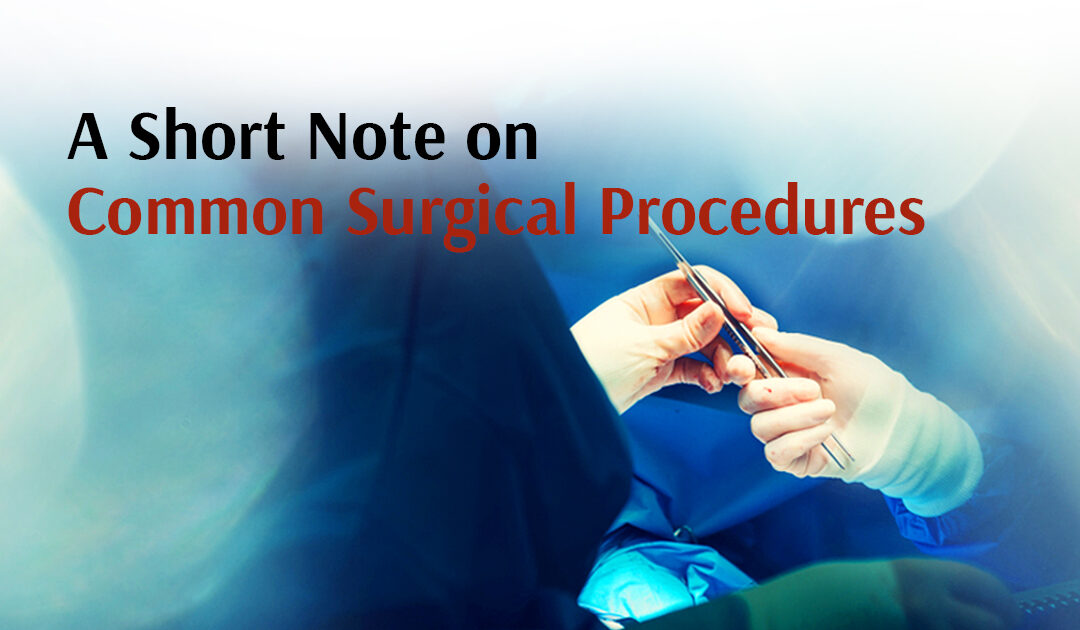The thought of surgery can cause a wide range of feelings, from reasonable fear to debilitating panic. Even though having surgery could be an unsettling feeling, knowledge is power. By demystifying common surgical procedures, our blog provides you with the knowledge and confidence you need to approach your experience with more understanding.
There are two categories of procedures for basic knowledge:
- Emergency procedures: These are quick fixes for urgent risks to life or limb, such as trauma surgery following an accident or an appendectomy for an appendix rupture.
- Elective procedures refer to prearranged treatments for ailments that do not pose a risk to life, such as gallbladder excision or hernia surgery.
Let’s now examine a few of the most popular elective surgeries:
- Appendectomy: This treatment involves removing the little organ that is connected to the large intestine, the appendix. Usually, it’s done because of acute appendicitis, which is characterized by excruciating stomach pain.
- Cholecystectomy: The gallbladder, a sac that holds bile for digestion, is removed during this treatment. Due to gallstones, which can be painful and inflammatory, it is frequently done.
- Repairing a Hernia: A hernia is caused by an organ or tissue pushing through a weak area in the connective tissue or muscle. Hiatal hernias (upper stomach) and inguinal hernias (groin) are common varieties. Pushing the tissue back and fortifying the weak spot are the steps in repair.
- Colonoscopy and Polypectomy: During a colonoscopy, the big intestine’s inner lining is examined using a camera. Any minor growths, known as polyps, can be removed during the process. This lowers the risk of colon cancer.
- Hysterectomy: The uterus (womb) is removed whole or in part during this treatment. It is done for a number of causes, such as cancer, endometriosis, and fibroids.
- Tonsillectomy and Adenoidectomy: The tonsils and adenoids, which are situated in the back of the throat, are removed during this procedure. It’s frequently done to treat persistent ear infections or recurrent tonsillitis.
- Cesarean Section (C-Section): To deliver the baby surgically, an incision is made in the mother’s abdomen and uterus. When vaginal birth is thought to be dangerous for the woman or the child, it is frequently chosen.
- Arthroscopy of the Knee: Do you have knee pain? A tiny camera is used in this minimally invasive treatment to assess and treat joint problems such as cartilage loss or torn ligaments.
- Cataract Surgery: A cataract, or clouding of the lens in the eye, can seriously impair eyesight. Through this procedure, vision is restored by swapping out the clouded lens for a clean artificial one.
- Skin Biopsy: To detect skin disorders or possible malignancies, a small sample of skin is removed and examined under a microscope.
Every procedure has particulars, hazards, and recuperation periods of its own. It is imperative that you and your physician talk about your particular circumstances in order to fully comprehend the purpose, advantages, and possible drawbacks of any surgical procedure.




